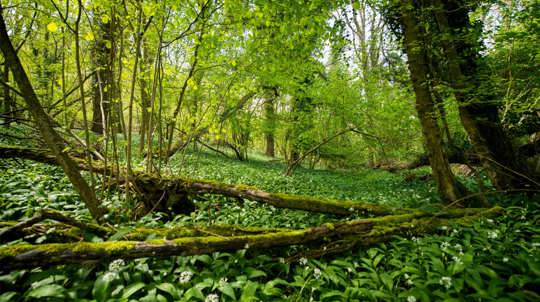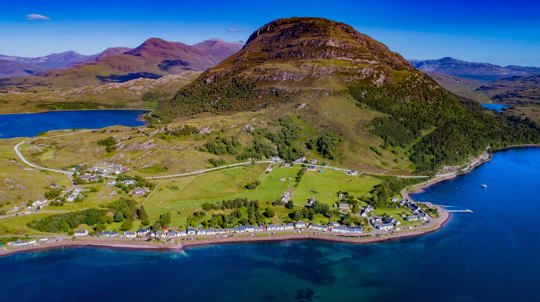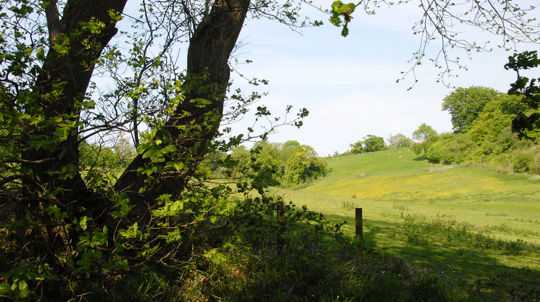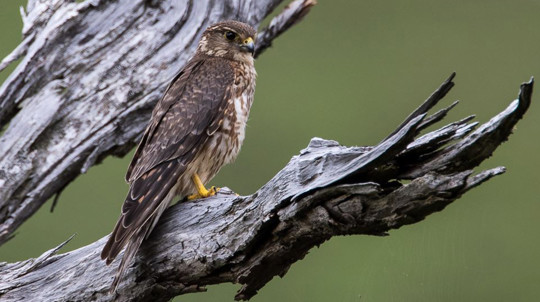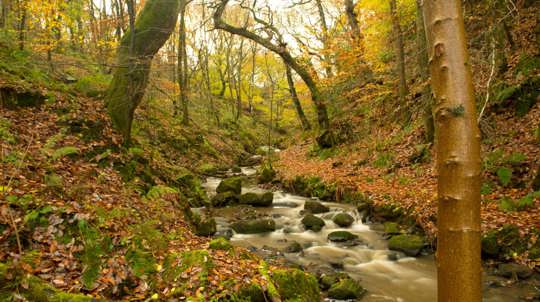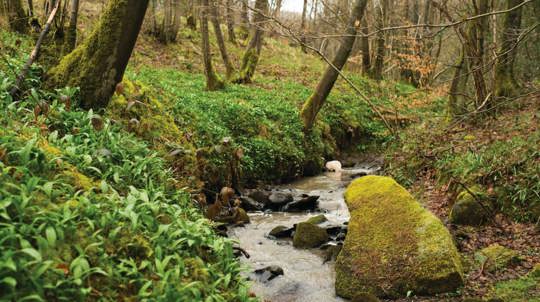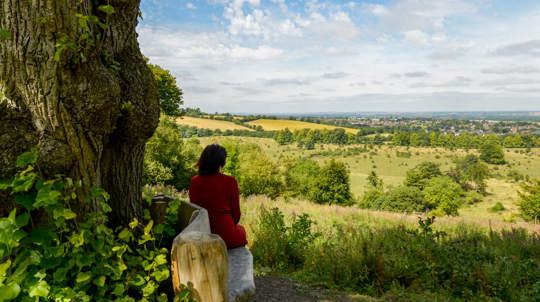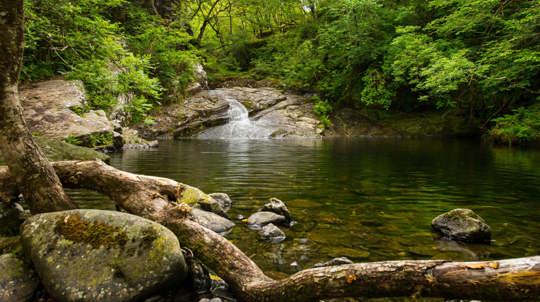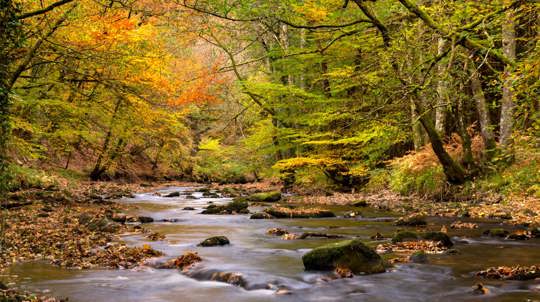Estate manager Al Nash answers some of the most common queries about the acquisition of Snaizeholme and our plans for its future in our frequently asked questions.
Snaizeholme appeal, North Yorkshire
Thanks to your support, work has now started at Snaizeholme, making it one of the boldest habitat restoration projects in the English uplands.
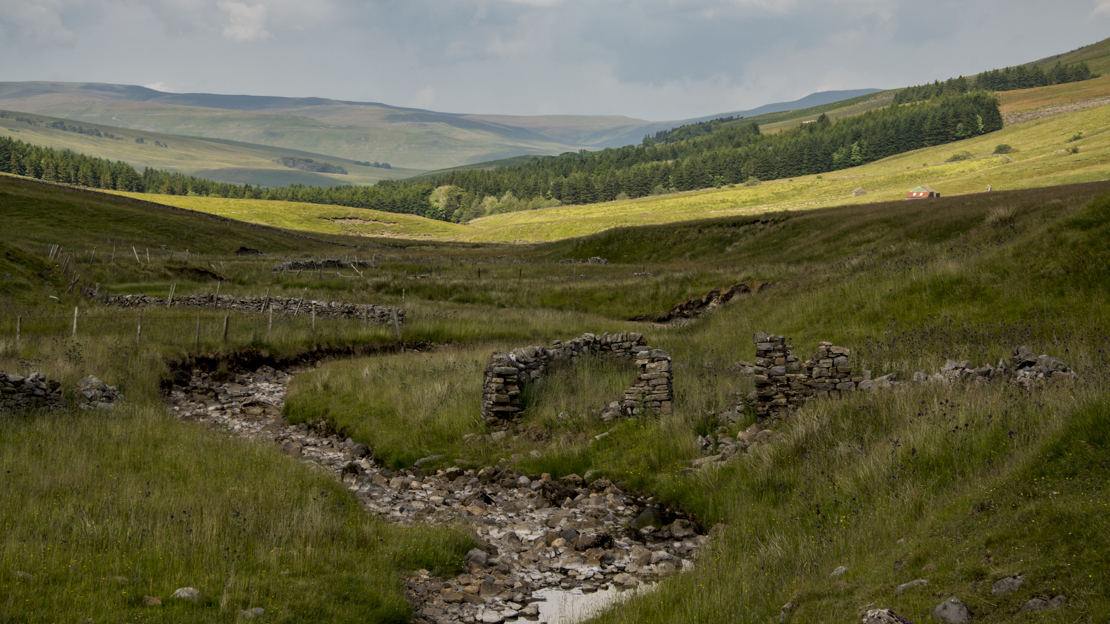
Snaizeholme is a unique and complex habitat restoration and nature recovery project 20 miles north of Settle, close to the iconic Ribblehead Viaduct in the Yorkshire Dales National Park.
Thanks to your support, our work at Snaizeholme will include planting and careful habitat restoration that will bring huge benefits to people and wildlife, including:
- the creation of a vibrant mosaic of habitats
- a wildlife haven for rare species including red squirrel and black grouse
- a link to other vital restoration projects across the upland landscape, from peat bog and limestone pavement to riverside meadows
- a resilient landscape that will help fight the effects of climate change, lock away carbon, improve water quality and alleviate flooding.
1,387 acres
land secured for people and nature.
Thanks to the generosity of our incredible supporters, charitable trusts and corporate partners.
What's next for Snaizeholme?
The hard work to create a mosaic of habitats for wildlife and people here in the Yorkshire Dales is just beginning. This first phase of tree planting at Snaizeholme has been funded by the White Rose Forest through its Trees for Climate funding programme. Trees for Climate, part of Defra’s Nature for Climate fund, provides grants for woodland creation within all Community Forest areas in England.
Tree planting
With a tree cover of less than 5%, the landscape here is crying out for more trees. We're planning to plant almost 291 hectares (719 acres) with native tree saplings, creating one of the largest new native woodlands in England. It will join riverside pasture, wooded valley sides, peat bogs and limestone pavement to form a diverse mix of wildlife-rich habitats.
The careful approach to planting will create groves, glades and open woodlands that gently transition into and connect with the other habitats, all delivered without the use of plastic tree guards or herbicides. The total number of trees we plant will be determined as the work develops, working closely with our partners at the University of Leeds and the University of York.
Peatland
Snaizeholme has more than 270 acres of upland peat bog, which should act as a huge sponge to absorb rainfall and slow the flow of flood water down the valley and into the River Ure. At the moment it is scored by drainage channels, causing the soil to erode and streams to fill rapidly, drying everything out. This puts the species that live there under pressure. We'll restore this important peatland to a healthy state.
Slowing the flow
With a staggering 21 streams running down into Snaizeholme Beck, there is a huge amount of work needed to slow the headlong rush of water downstream during heavy rains. Alongside our plans to restore peatland, we'll use leaky dams to slow water flow and trap sediment, all while letting fish and native crayfish safely slip through.
Limestone pavements
Two large areas of fossil-rich limestone pavement sit above the peat bog. They are a refuge for ground nesting birds such as golden plover and are used by black grouse during breeding displays. The pastures here are also strongholds for the delicate mountain pansy. We'll protect this rare habitat with seasonal grazing.
Dry stone walls
Snaizeholme is criss-crossed with old dry stone walls, perfect for harbouring small mammals and common lizards. We'll maintain walls that offer a variety of conditions - whether shady, sun-warmed, exposed or sheltered - keeping the landscape's character and providing corridors and habitat for wildlife.
Tree protection
Deer, rabbits and sheep can cause havoc by browsing and nibbling at newly planted saplings. We have promised to use plastic-free alternatives to tree guards by the end of 2021 and the trees we plant at Snaizeholme will be included in this pledge.
Please note that there is currently very limited parking near Snaizeholme, with parking only for prebooked cars to the current Red Squirrel Trail. You can find details of the Red Squirrel Trail and how to book by picking up a copy of Go Nuts for Red Squirrels from any of the Yorkshire Dales National Park visitor centres.
Why is Snaizeholme so important?
By bringing this slice of North Yorkshire into our care, we'll be able to achieve a number of important things for people and wildlife.
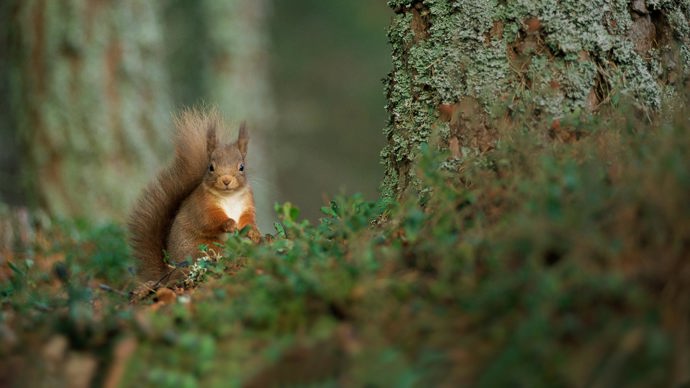
Credit: Peter Cairns / naturepl.com
Protect red squirrels and their habitat
The site will link and buffer neighbouring woodland – patches of which we suspect is ancient woodland. A crucial part of our vision is to extend and protect an existing red squirrel reserve, providing much-needed habitat for this threatened native species.
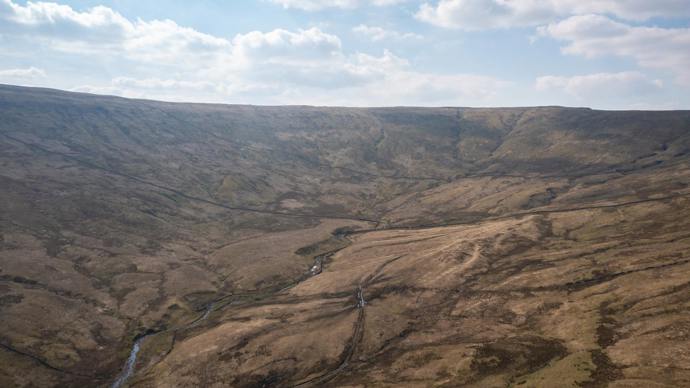
Credit: James Reader / Front Row Films
Plant trees in the Yorkshire Dales
The landscape here is in dire need of trees. Our recently published State of the UK’s Woods and Trees report presented irrefutable evidence on how imperative woodland creation is if we are to tackle the potentially catastrophic loss of nature. Transforming bare land like this with sympathetic native planting, and allowing natural regeneration to occur, forms a critical part of our work.
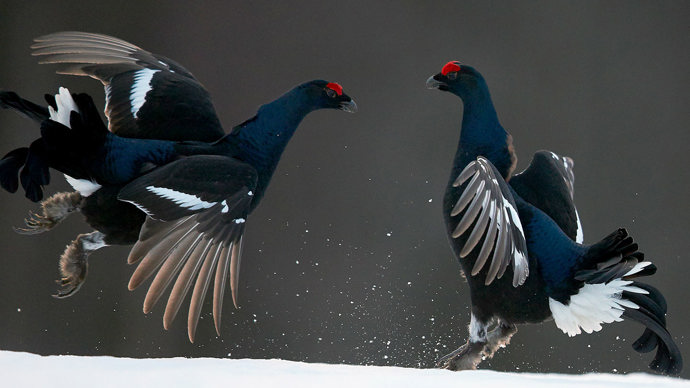
Credit: Markus Varesvuo / naturepl.com
Create habitat for threatened wildlife
We have a chance to boost biodiversity at a time when the natural world is in crisis. Woodland birds will have a home here for the first time, and open scrub woodland should attract species like the black grouse. Trees will boost the water quality of the river and beck, safeguarding the resident otters, plus birds such as herons, grey wagtails, kingfishers and dippers.
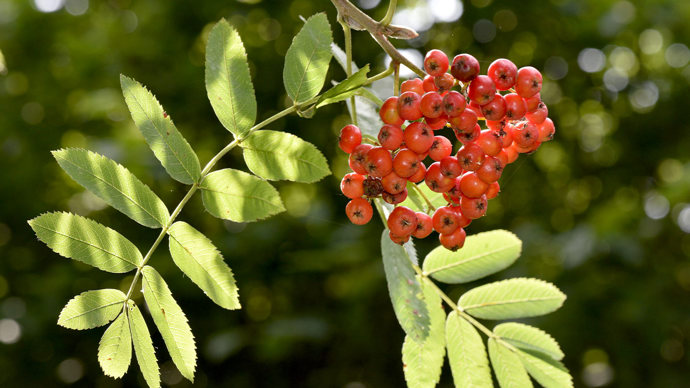
Credit: Paul Sterry / WTML
Showcase woodland creation in the north of England
Snaizeholme will become a flagship woodland creation project for the White Rose Forest, the Community Forest for North and West Yorkshire and the Northern Forest, a partnership between the Woodland Trust and some of the Community Forests in the north of England.
There's still time to help
A heartfelt thank you to the charitable trusts, corporate partners and our incredible supporters that have helped to secure Snaizeholme for the future.
Will you help us realise our vision at Snaizeholme? Any donation you can give, however large or small, will support our vital work here.


